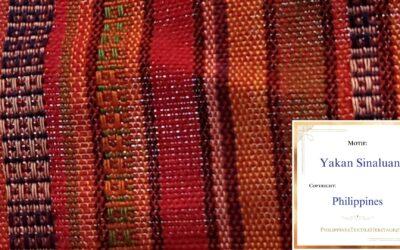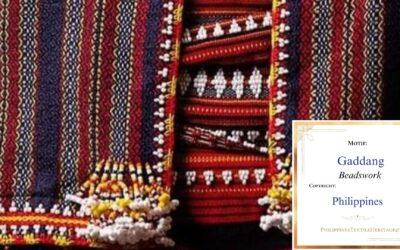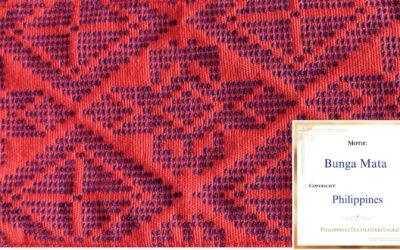Photo credit: Early 19th century camisa (women’s blouse) made from piña and cotton CC.0 Wikimedia Commons

piña embroidery
Philippines
“The most coveted handmade lace, captivating the hearts of royals and nobility”
Its reputation has reached new heights, gracefully following in the footsteps of the renowned Spanish and French laces. Meticulously crafted with unwavering precision and care, this exquisite lace epitomizes timeless elegance, exuding an aura of regal sophistication. The art of piña fabric production dates back to the 1570s during the Spanish occupation, where the distinct Red Spanish pineapple, revered for its long leaves, is cultivated exclusively for its ability to yield this elegant fabric. From the meticulous extraction, cleaning, and drying of pineapple plant fibers to the hand knotting that forms each delicate thread, the creation of Piña textile is a labor-intensive process, making it a true national treasure of the Philippines. The journey continues as these precious piña threads are skillfully woven into cloth using traditional foot looms. With a touch of artistry and intricate embroidery, this handmade textile is typically reserved for haute couture, further elevating its refined and unparalleled beauty.
NOTE: All contents (text and images) are protected by Philippines cultural property law. This documentation is intended for educational purposes and to support the preservation of Southeast Asian textile heritage. Any use of published materials is permitted only with attribution to this website as the original source.
Wisdom & Inspiration


Five people from T’boli ethnic society from Lembaning, Lake Sebu, South Cotabato. NM collection no. 205. Source: courtesy of National Museum of the Philippines 2023
SPLENDID LEGACY
Philippines Textile Heritage
Textile heritage reflects the pride of rich cultural legacy of Southeast Asian communities. Discover the vibrant colors, intricate patterns, and exquisite craftsmanship that have been passed down through generations. Personal and philosophical wisdom showcased in the beauty of Southeast Asian textiles allow you to embrace the legacy of the UNESCO Silk Road. Explore and immerse yourself in the essence of elegance and captivating world of Southeast Asian Textile Heritage.
Philippines motifs
Yakan Sinaluan
Small bands of bisected and quartered lozenge shapes represent
Gaddang motif
The use of white, yellow and red beads is considered a special
Yakan bunga mata
Diamonds geometrical pattern called mata-mata, which represents




